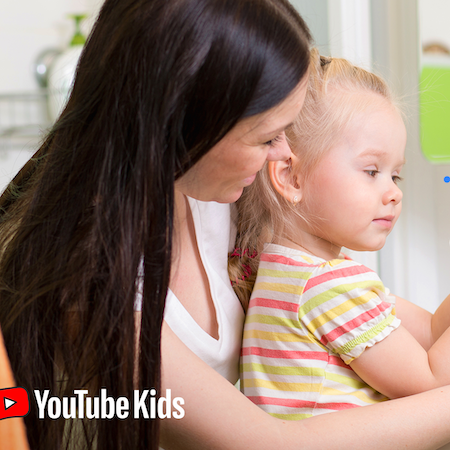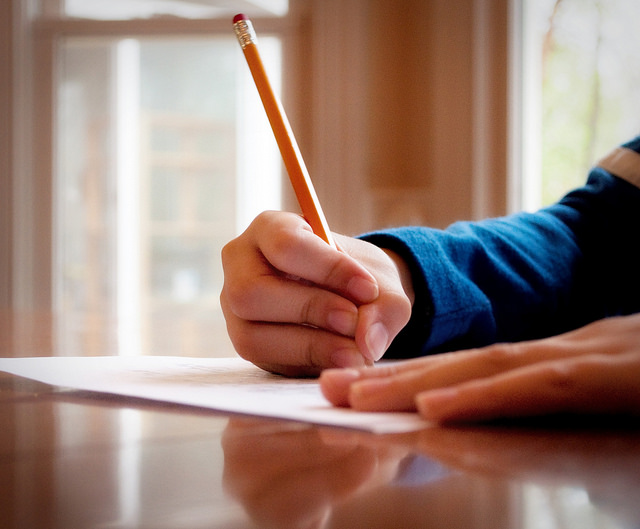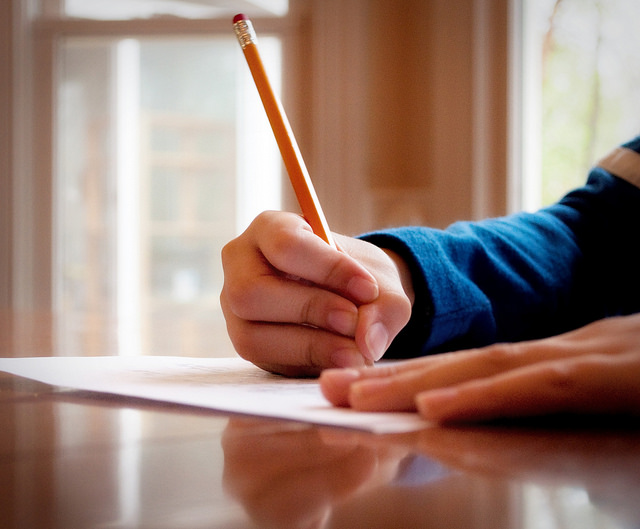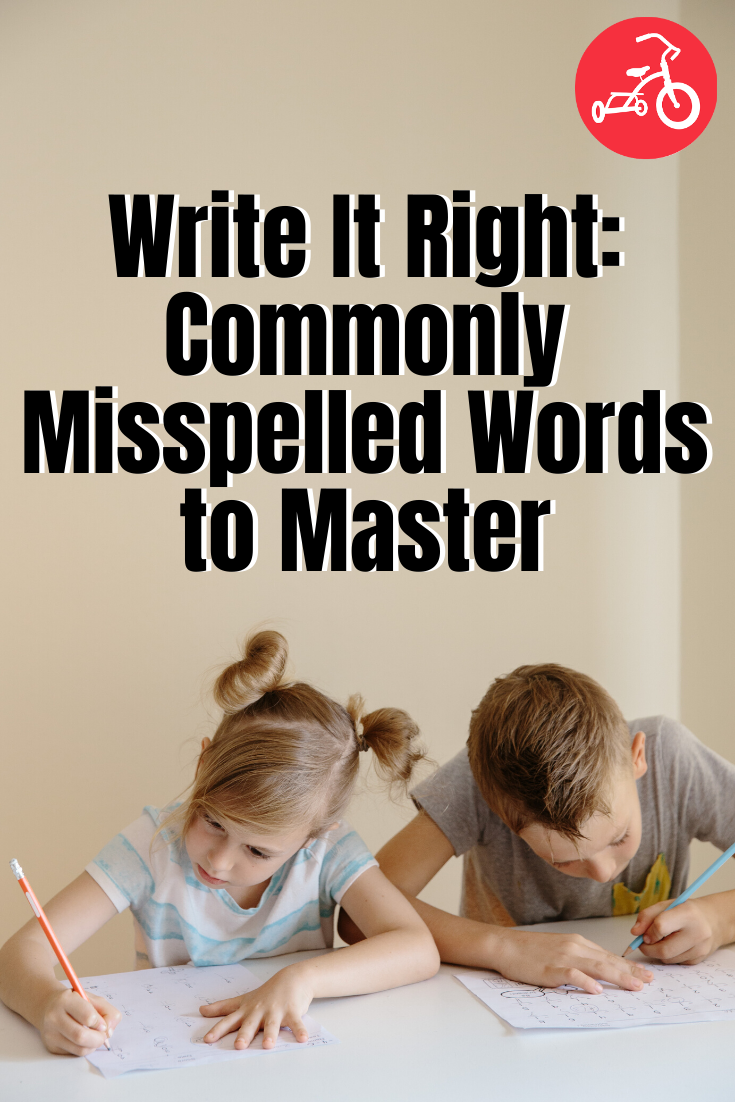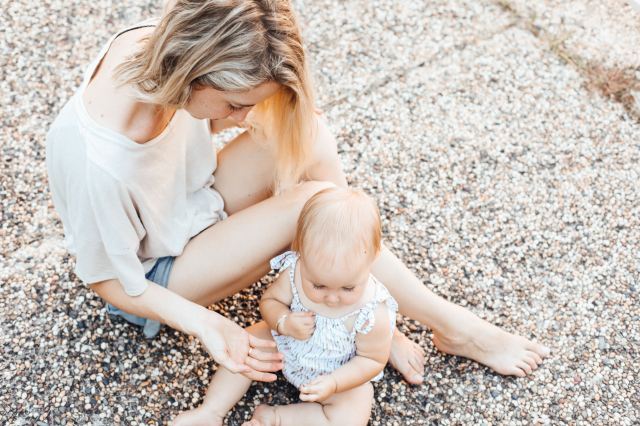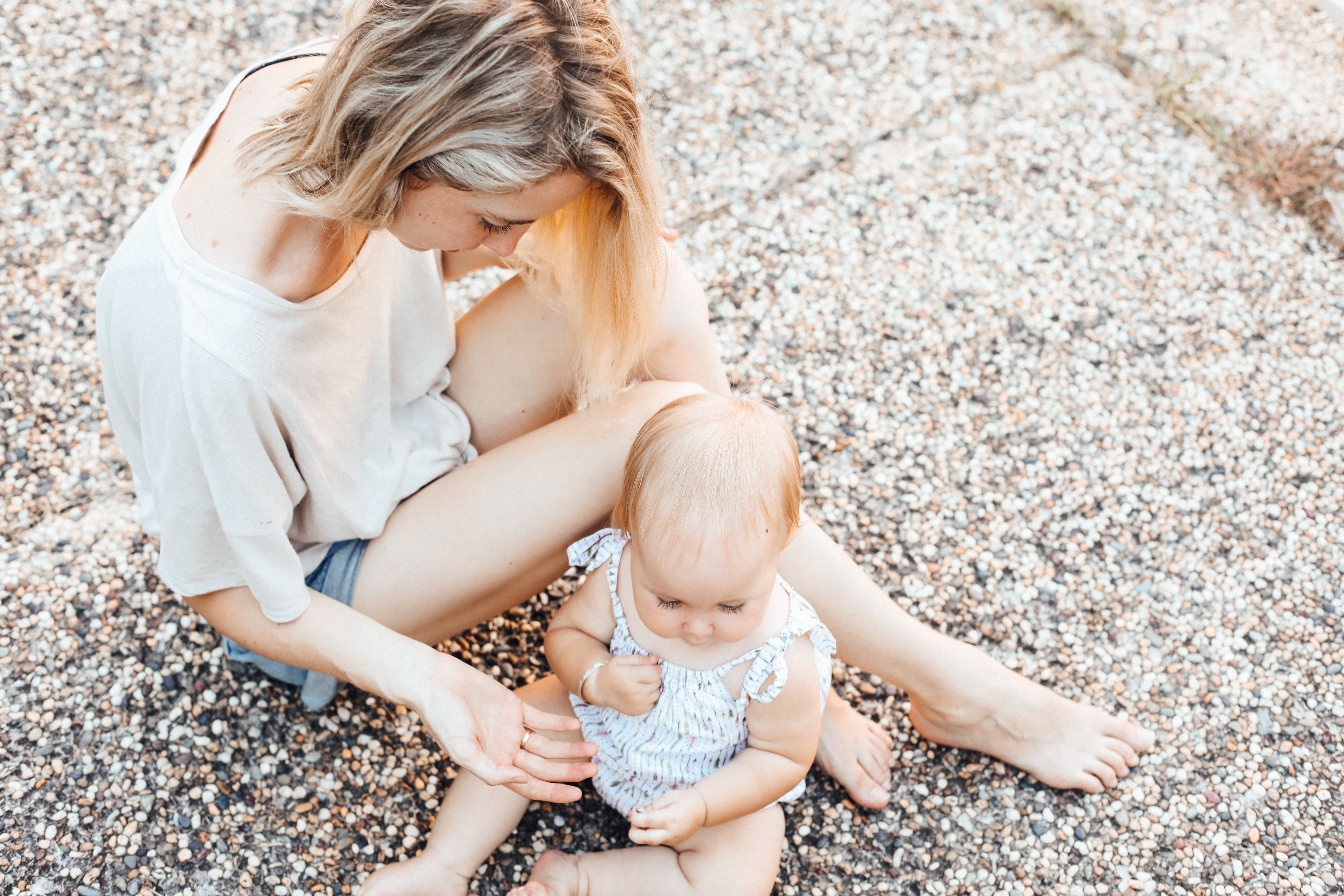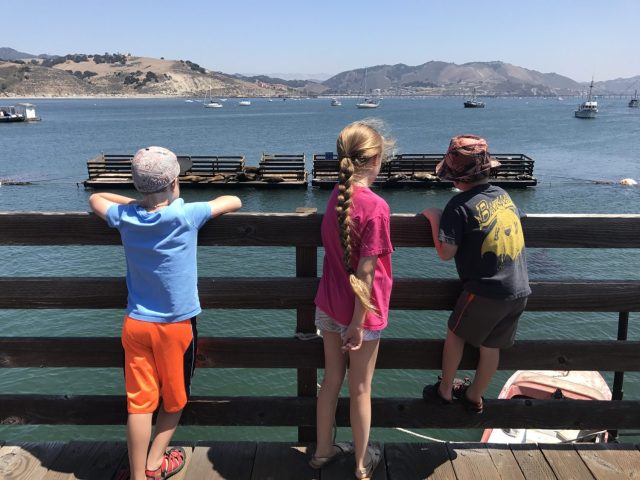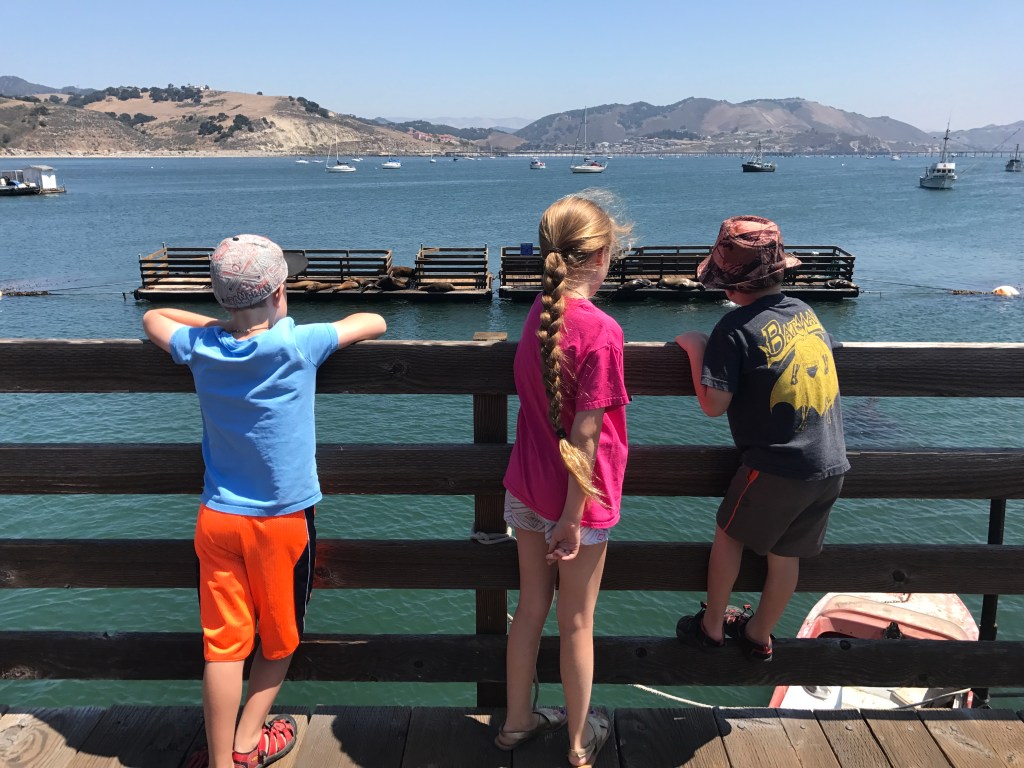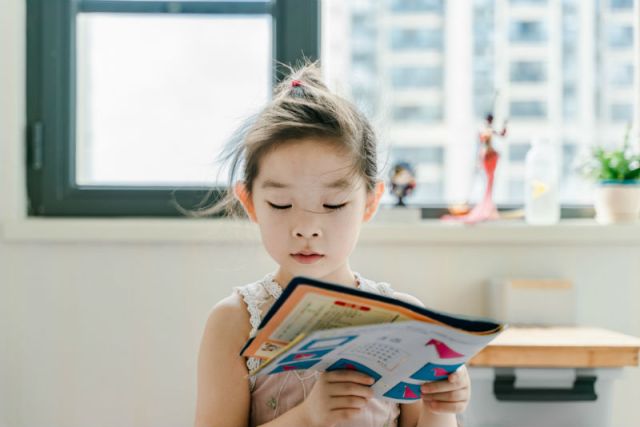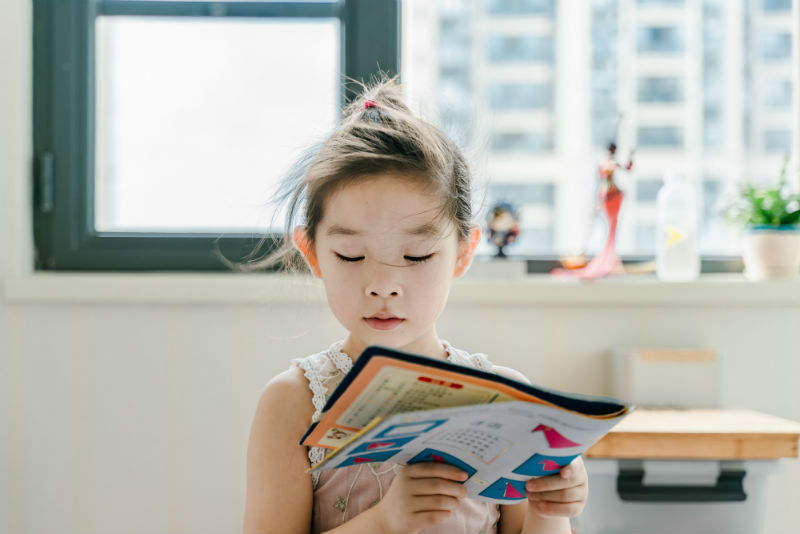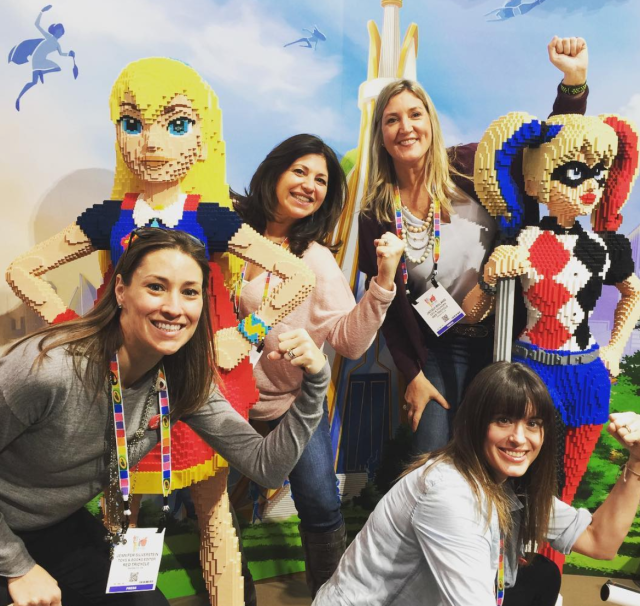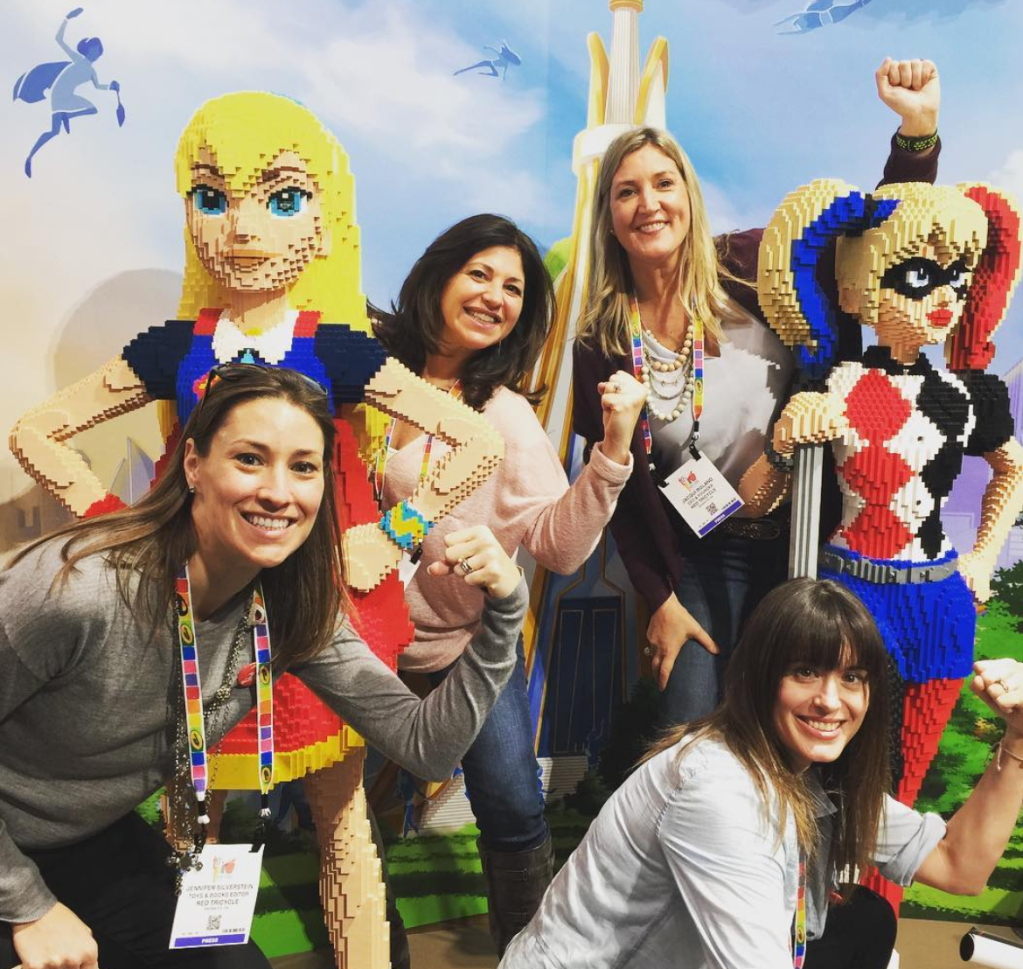This is sponsored content from our partner. The reviews and opinions published are solely ours.
You’ve baked all the cookies, painted every picture, put together every puzzle. Now what? You already love watching YouTube videos, but did you know there’s a completely separate YouTube app just for kids? YouTube Kids is a family-friendly app with loads of interest-based content, from science experiments to nursery rhymes, plus larger buttons and graphics designed just for kids ages two to twelve. And the best part? Parents can customize each child’s profile based on age, select screen time limits and approve specific channels, so you can feel good about your kids exploring all by themselves! Read on to find out why YouTube Kids is the secret weapon you’ve been looking for.
YouTube Kids is a separate app made just for kids that lets little ones explore and gives parents peace of mind! Download YouTube Kids for free here.
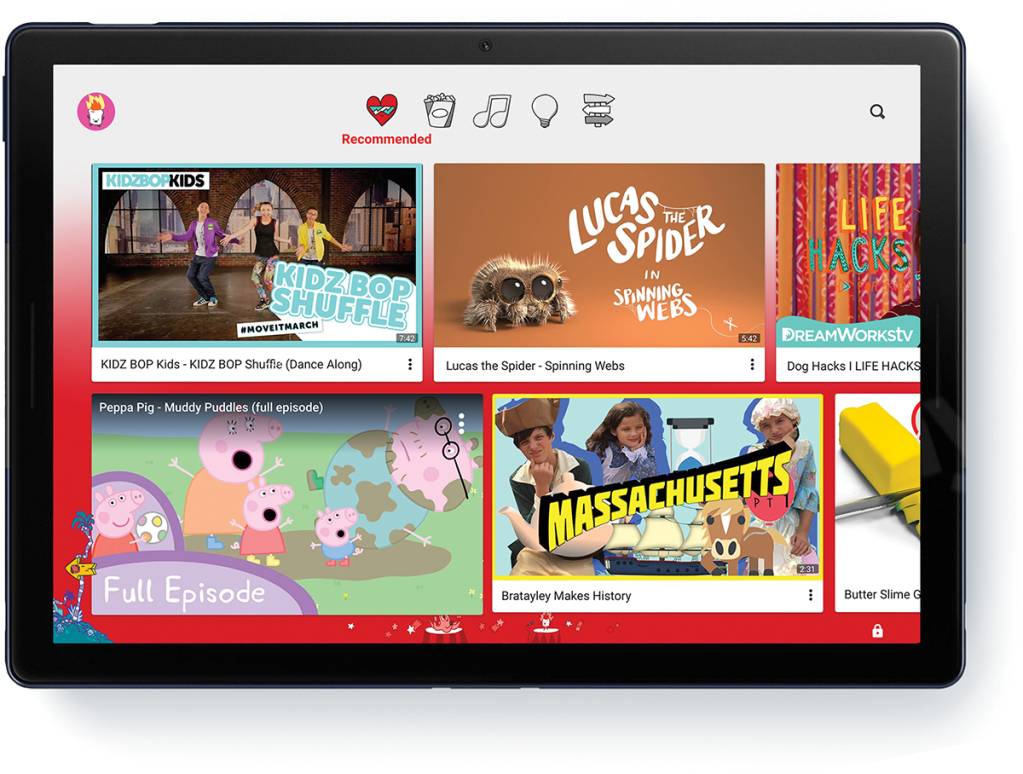
These Are Extra Challenging Times
Being a parent has never been easy, let alone being home with any number of kids 24/7! We love them, but it’s not easy keeping kids engaged in learning, and still manage to cover the basics like keeping them clean and fed. YouTube Kids gets it, and has parents and caregivers backs with family-friendly and customizable content, available any time!
The YouTube Kids library inspires kids to get moving, doing, thinking, growing and learning new skills! Check out the video below to get a glimpse of what they’ll discover.
As your kid grows, so do their ever-expanding interests—and those new hobbies often change quickly. Wherever their curiosity leads them today, the tools on YouTube Kids make it easy to find age-appropriate programming that satisfies your kids’ needs and pastimes. After a few clicks of setting up a profile and adjusting parental controls, you can feel good knowing they’re spending time learning about sharks instead of gaming (again).
How Does It Work?
When you set up their YouTube Kids profiles, you are in control of what they watch by setting up time limits or choosing a content setting based on their age group. The app then recommends family-friendly content based on your settings. YouTube Kids has content for every interest, with videos you’ll enjoy watching together along with content that will keep them engaged when you need some time to knock out that pile of laundry.
Learning Resources & Support Right at Your Fingertips
As you’re trying to navigate the rest of the school year and soon, summertime, turn to YouTube Kids for support with thousands of enriching and entertaining videos that’ll keep your family fascinated any time of the day.
To start your morning with learning, YouTube Kids has Learning @ Home, Reading @ Home and Math @ Home playlists—just to name a few.
With the Reading @ Home playlist, kids can work on their nouns, verbs and grammar or even listen to stories read by their heroes like Michelle Obama and Dolly Parton! The Math @ Home playlist adds fun, catchy tunes to at-home learning and subtracts the boring worksheets. The Learning @ Home playlist even has preschoolers covered, too, with simple learning games to teach numbers, letters, and shapes. What’s not to love?

Build Healthy Habits
Follow up an educational morning with lessons that are timely and helpful. For the little one who collects cool printed bandages, check out the #HealthyHabits playlist packed with fun videos and songs with their favorite characters teaching all about handwashing and hygiene–timely!
If they’re a little bit older and can already pronounce stethoscope, we recommend watching YouTube Kids’ interviews with healthcare expert Andy Slavitt. Join Tamara Mowry-Housley and her kids or Ryan’s World star, Ryan Kaji, as they ask Andy questions about COVID-19 and health. These informative videos will help kids connect and understand the current situation in a way that won’t give them nightmares.
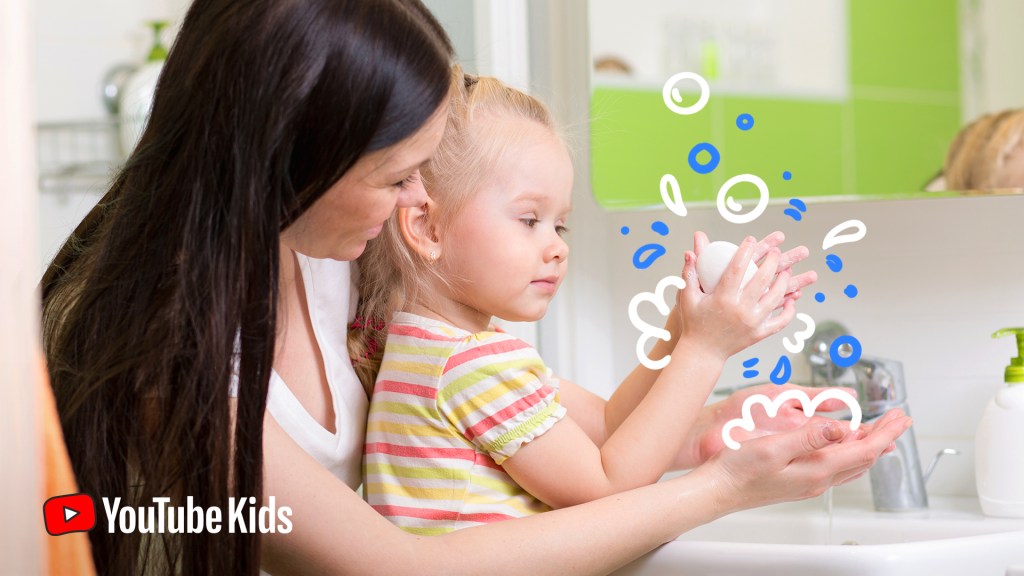
Don’t Forget the Fun and Games!
Balance out your busy day with an afternoon of fun! If your kids are curious about your pilates class, YouTube Kids’ Be Active playlists will get them up and moving with activities. Find fan-favorite Cosmic Kids Yoga right in the YouTube Kids app along with all kinds of dance routines and activities to keep the kiddos moving.
The Indoor Activities playlist will have kids discovering all of the fun things there are to do in the house like science experiments, dance parties and drawing while the Global Explorations playlist will put the world at their fingertips and let them discover foreign lands and deep seas, cultures, foods, celebrations, and more.
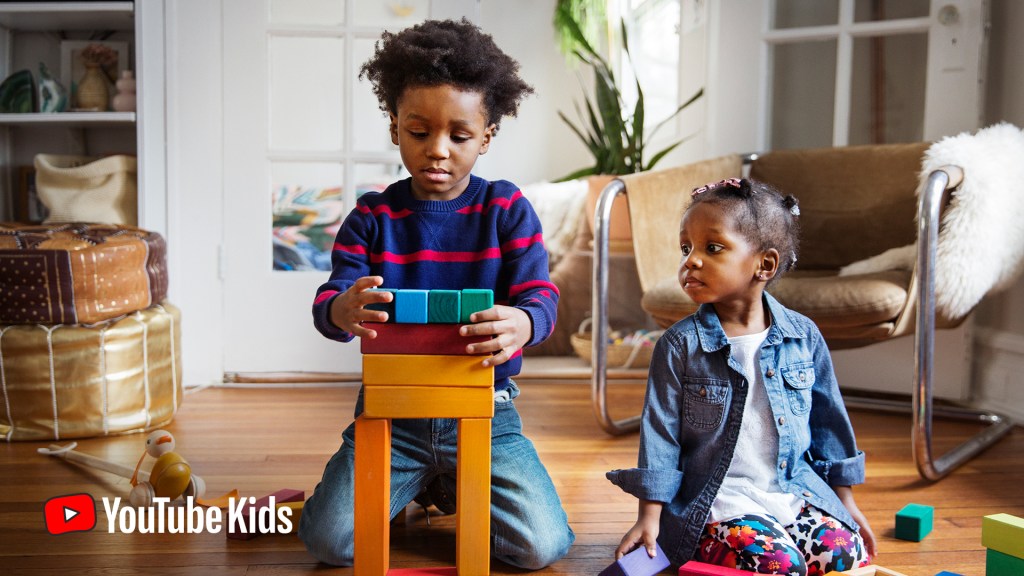
And when it’s the end of your action-packed day, YouTube Kids has content that’ll give you time to relax together. Check out read-a-longs where kids’ favorite authors, celebrities, and characters read their most favorite books, or kick up your feet and watch a family movie or show.
With the YouTube Kids app, there’s endless possibilities for exploring, even when you’re in your own home! Learn more at YouTube.com/Kids!
